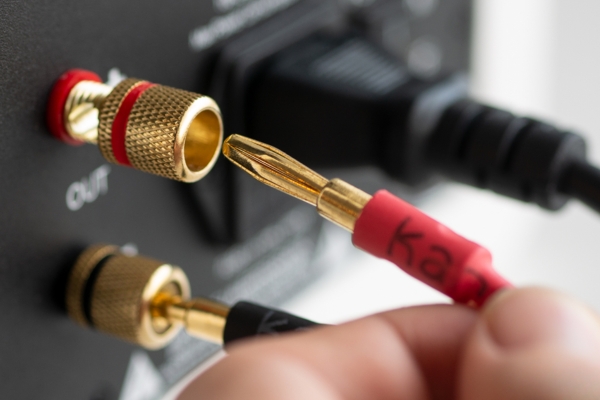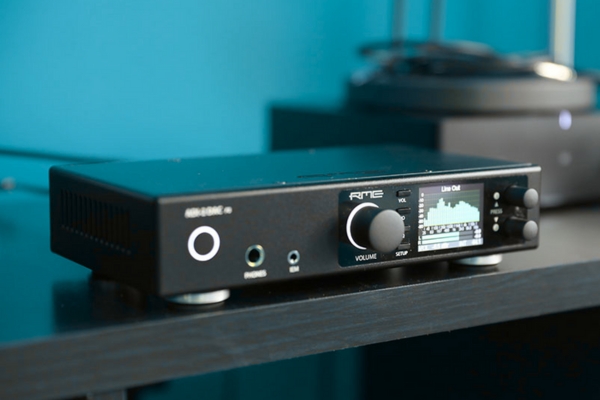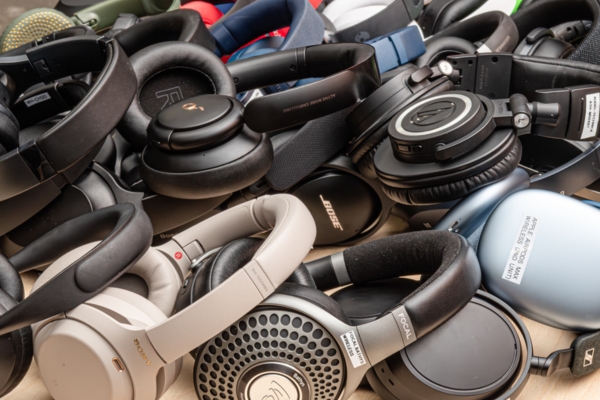How to Get Better Sound from a Home Audio System
A high-quality home audio system can completely transform the way people experience music, movies, and television. Whether enjoying a favorite album, enjoying a film, or simply filling a room with ambient sound, audio quality plays a crucial role in creating atmosphere and emotional impact.
Many people invest in quality equipment but may not realize that small adjustments in setup, component selection, and room configuration can significantly enhance performance.
From optimizing cable connections and speaker placement to upgrading digital components and minimizing signal interference, even minor tweaks can bring out previously unnoticed clarity, depth, and realism in the audio.
This guide offers ten practical tips on how to get better sound from your home audio system. Whether for casual enjoyment or critical listening, these steps can lead to a richer, more engaging sound experience.

Tips to Improve Your Home Audio System
1. Evaluate Existing Equipment
Before making any upgrades, it’s worth assessing the condition of the equipment already in use. Over time, audio systems can begin to lose their edge, and not always because they’re outdated, but due to wear that affects performance. Issues like loose cable connections, frayed wires, or deteriorating speaker drivers can subtly degrade audio quality.
Rather than rushing to replace the entire system, it’s often more effective to inspect each component individually. Carefully examining and maintaining these parts can help resolve minor problems that may be limiting the system’s potential.
In many cases, a simple fix, such as replacing a faulty cable or cleaning a connector can restore clarity and consistency without significant cost. Starting with a detailed inspection lays a strong foundation for any further improvements and ensures that the existing setup is performing at its best.
2. Adjust Receiver Settings
An audio receiver acts as the command center of most home systems, and the way it’s configured can have a major influence on sound quality. However, most receivers come pre-set with factory defaults that are designed for general use, not necessarily for a listener’s specific room or preferences.
Knowing the receiver’s menu settings will allow you greater control over how audio is processed and delivered. One important feature is equalization (EQ), which adjusts the tonal balance of frequencies like bass, midrange, and treble.
There is no generall best equalizer setting, as some users prefer the added punch of boosted bass or crisp highs, others may find that disabling EQ features results in a more natural and uncolored sound.
Many receivers also offer listening modes like “direct” or “pure audio” that simplify the signal path by turning off unnecessary processing. By experimenting with these options, listeners can find a setup that best suits their environment and taste.
3. Use Quality Wired Connections
A high-quality audio system relies not just on its components, but on the connections between them. Poor cabling can introduce unwanted noise, weaken signal strength, or create inconsistencies in playback.

Upgrading to well-made cables ensures cleaner signal transmission and greater reliability. In more advanced setups, balanced XLR cables are often preferred for their ability to reject electrical interference.
For most home systems, well-shielded RCA cables are a reliable choice for analog audio. Digital signals also benefit from quality connections — whether through optical (TOSLINK), coaxial, USB, or HDMI cables. Even speaker wire quality matters, especially for long cable runs or higher-powered systems.
While wireless technology has advanced, wired connections still offer the most stable and accurate signal path. So, prioritizing wired links, especially for key channels like front left, right, and center speakers, helps preserve the integrity of the sound.
4. Invest in a High-Quality DAC
Digital audio files must be converted into analog signals before they can be amplified and played through speakers or headphones — and this is where a DAC, or digital-to-analog converter, comes in.
While most consumer electronics include a basic built-in DAC, these internal components are often limited in performance. An external, high-quality DAC is specifically engineered to handle this conversion with greater precision, resulting in improved detail, spatial separation, and dynamic range.
External DACs come in a variety of forms, from compact USB-powered models to full-sized components designed for dedicated audio systems. By integrating a well-matched DAC into the signal chain, listeners can unlock the full potential of their digital library.

5. Optimize Network Performance for Streaming
As streaming becomes the primary way many people access music and movies, the performance of the home network plays a crucial role in audio quality.
High-resolution and lossless audio files require significantly more data bandwidth than compressed formats. If the network is slow or unreliable, the result may be buffering, interruptions, or reduced fidelity. To get the best results, ensure that the internet plan supports high-bitrate streaming.
Upgrading to a modern router or using a mesh Wi-Fi system can extend coverage and improve speed throughout the home. And whenever possible, using a wired Ethernet connection instead of Wi-Fi provides even greater stability.
6. Use Headphones and a Headphone Amplifier
When privacy or convenience is a priority, a good set of headphones can provide a personal listening experience that rivals loudspeaker setups. But, not all headphone jacks are created equal.
Built-in outputs on phones or computers often lack the power and precision needed to drive high-quality headphones effectively. A dedicated headphone amplifier is designed to supply clean, ample power, handling the full range of dynamics in the music without distortion or strain. This results in more accurate reproduction, greater detail, and a fuller soundstage, even at moderate volumes.
For those who listen frequently through headphones, investing in a headphone amp can significantly elevate everyday listening and reveal subtleties that might otherwise be missed.

7. Minimize Vibrations and Resonance
Unwanted vibrations are a common and often overlooked factor that can degrade sound quality. These vibrations can travel through furniture and floors, affecting sensitive components like turntables, amplifiers, and speakers.
Over time, this may introduce subtle distortions or audible hums. To address this, it’s important to isolate equipment using stands, pads, or platforms specifically designed to absorb vibrations. Speakers placed directly on floors may benefit from spikes or discs that reduce movement, especially on carpeted surfaces.
In more advanced setups, acoustic treatments such as foam panels or bass traps can also be used to manage sound reflections and reduce muddiness. These small adjustments help maintain a clean, controlled sound and allow each component to perform at its best.
8. Control Electrical and Signal Noise
In many homes, power outlets and network connections can become sources of electrical interference that affect sound quality. Hum, static, or buzzing sounds may not originate from the audio system itself, but from noise introduced through the electrical grid or data lines.
Power conditioners with built-in line filtering can suppress these disturbances and protect equipment from surges. In networked systems, using a quality Ethernet switch can help reduce digital noise carried through the network.
Even when using protective devices, the physical placement of audio components matters, because some power supplies can interfere with nearby signal cables or devices. A helpful diagnostic step is to listen for hum with the system turned on but not playing.
Disconnecting components one at a time can help isolate the source. Once identified, simply repositioning or isolating the problem device often resolves the issue, resulting in a cleaner, quieter background and a more immersive listening experience.
There Are Many Ways to Improve Your Sound Quality
Enhancing the sound quality of a home audio system is about understanding how each part of the system contributes to the overall listening experience. From source material and signal paths to speaker placement and environmental acoustics, every detail plays a role.
By taking a thoughtful, step-by-step approach to optimization, it’s possible to unlock levels of clarity, depth, and emotion in sound that may have previously gone unnoticed. And if it’s done right, it can turn everyday listening into something far more immersive and rewarding.
Check out more from our Soundrating Blog
A Beginner’s Guide to Stereo Receivers

I am a passionate and skilled car audio enthusiast with 15 years of experience in the industry. My journey started when I replaced my first set of factory car speakers, sparking a deep love for high-quality sound. Since then, I have worked as a representative for renowned brands like Kenwood and Alpine.
With a background in both retail and distribution, I have developed a comprehensive understanding of the car audio market. Currently a certified (MECP) installer in the Mobile Electronics industry, my expertise lies in delivering top-notch audio installations. My knowledge, coupled with my genuine passion, makes me the go-to professional for all car audio needs.
